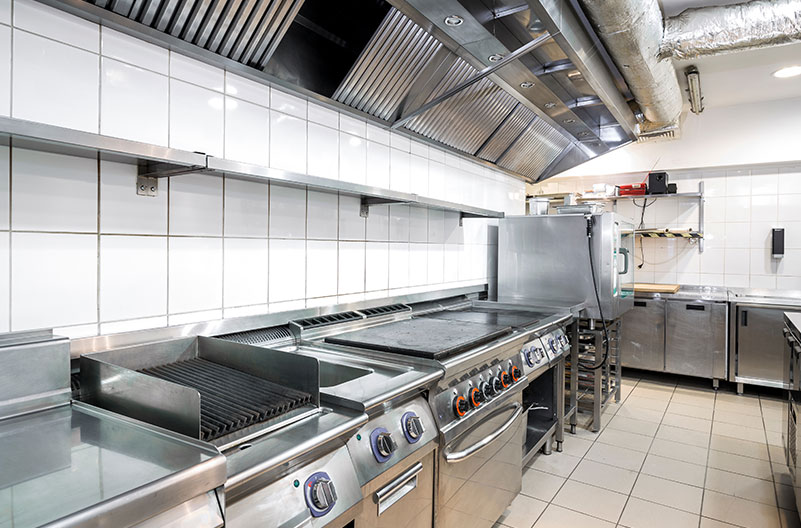What are the 4Cs of Food Safety?


The '4Cs' of food safety are a set of fundamental principles of good practice for both commercial and domestic kitchens. They are clear and easy to remember, so provide a really useful tool to help keep food safe.
Dangerous bacteria - pathogens - are a serious threat to food safety. They can already exist is some of the ingredients used in food preparation. The key to providing safe food is to ensure that pathogens are not present at levels that are dangerous to health.
Cross contamination means enabling pathogens to spread from one food to another. This can happen in a number of different ways, including:
To prevent cross contamination, implement food safety measures such as :
Cleaning is a crucial measure to prevent cross contamination and keep food safe. Introduce a rigorous cleaning policy in your kitchen that considers:
Clean at the start of each service and before shut down.
Clean before and after each new task, to keep any existing pathogens contained.
Include a weekly or monthly deep clean that targets areas that are missed day-to-day. Clean cupboards inside and out, and pull out large equipment such as fridges and cookers to clean underneath and behind. These dark, inaccessible areas are most likely to harbour pests.
As well as the food prep area, keep the front of house, bathrooms and external areas (especially refuse areas) clean.
As well as food preparation equipment, utensils, cutlery and crockery , don't forget to clean surfaces thoroughly. Include touchpoints such as door handles, fridge doors and taps - anywhere that is in regular contact with hands.
Use the correct chemicals for the job. Detergent should be used first, to remove dirt and grease. Follow up with a disinfectant, to denature bacteria. Always follow the manufacturer's instructions to ensure chemicals are used effectively - watch out particularly for correct contact times.
Don't forget about personal hygiene. As well as food borne pathogens, human hands will spread other bacteria. Make sure all food handlers turn up to work clean, put on clean uniforms and wash their hands before and after every task and whenever they re-enter the kitchen - especially after bathroom visits.
The cooking process is a very important part of keeping pathogens under control and making food safe to eat. Some pathogens can be denatured at appropriate cooking temperatures, and therefore cooking reduces the risk levels in foods that already have some pathogens present. Be aware - cooking DOES NOT destroy all pathogens. This is why it is important to use all of the 4Cs of food safety in conjunction with each other.
Temperature control when reheating is also crucial in pathogenic control. Many pathogens thrive in warm, moist conditions, so reheating or maintaining food at the wrong temperatures can have a devastating effect.
To understand the recommended cooking and reheating temperatures and times, visit the FSA website or FSS website as appropriate in your location.
Warm, moist food containing protein provides the ideal conditions for bacteria to multiply to dangerous levels. For this reason, it is crucial to keep chilled or frozen foods at correct temperatures, and to chill cooked food quickly if not using immediately.
The 4Cs are a great, quick and easy reminder of good practice in kitchen, but they don't tell the whole story. Considerations such as allergen management, good storage, pest control and supplier management are also important in reducing risk and making your food safe to eat.
A Food Safety Management System, or HACCP plan, is a crucial step in ensuring that you have anticipated and mitigated against all safety risks that might occur in your kitchen. The Safer Food Group Level 2 HACCP awareness course helps you understand the risk assessment process and create a comprehensive set of safety measures.
To ensure your team are ready to tackle all the challenges of food safety, get them trained with an accredited food safety and hygiene course. The Safer Food Group offers a broad range of safety courses for food professionals, including Level 2 Food Safety and Hygiene.
Join 950,000+ learners
Explore our award winning online video based training
The Safer Food Group
Unit 2, Integrity House,
Lower Lumsdale, Matlock
DE4 5EX
Back
to top
© The Safer Food Group 2025 | Privacy policy